Borrow the Prayers of the Puritans
Sometimes when you don’t know what to pray, it helps to borrow the prayers of someone else. I love Puritan prayers because I don’t talk the way they did. I don’t even think the way they did! Listen to this excerpt from The Valley of Vision by Arthur Bennett: “Oh God most high, most glorious, the thought of Thine infinite serenity cheers me, for I am toiling and moiling, troubled and distressed, but Thou art forever at perfect peace…”
The Puritans worshipped with rich language and deep devotion. Arthur Bennett’s collection of Puritan prayers is divided into categories like “redemption and reconciliation,” “holy aspirations,” “service and ministry,” and several more. Many times I’ve come to God weary and depleted, flipped through The Valley of Vision, and prayed these ancient prayers aloud.
Create a Prayer List with Correlating Scriptures
I’ve used this practice for years to help me intentionally pray through Scripture. List your prayer requests along the left hand column of a notepad. Then in the right hand column, jot down one or two Bible verses to match each prayer request. For example:

I love this practice because it fills my prayers with power. Instead of just praying, “God, please save my children,” I use Scripture to guide my prayer: “God, I know that You are patient, and You long for everyone to come to repentance (2 Peter 3:9). I can’t save my kids. The Bible says that no one can come to You unless You, Yourself, draw them (John 6:44). Please, Father, draw my children to Yourself with Your irresistible grace!”
Sometimes it takes a while to find an applicable Bible verse. Sometimes as I search Scripture, God unveils the hidden motivations of my heart, and my prayer request shifts to align with His will. Either way, it’s a great practice to use personally and share with others – whether your kids, teens, or someone you’re discipling.
Vary Your Approach to Prayer
One of the neat things about prayer is that there are many different ways to do it. The Bible is filled with examples of people praying intentionally for specific things, like Hannah, who prayed for a child so earnestly that Eli the priest thought she was drunk (I Samuel 1:10-16). The Bible also encourages us to live a lifestyle of prayer – to “pray without ceasing” (I Thessalonians 5:16), and to “pray in the Spirit on all occasions with all kinds of prayers” (Ephesians 6:18).
A simple step toward a richer prayer life is to consider different types of prayer. Chat with God throughout the day like you’re talking with a close friend. That’s what it looks like to “pray without ceasing” – to nurture a constant state of communion with God. Then, set aside times to pray as Hannah once did, with deep focus and intentionality.
Pray for those you love in the faith (Ephesians 1:18, John 17:15), and also those who oppose you (Matthew 5:44). Pray in times of trouble and in times of happiness (James 5:13), in temptation (Matthew 26:41) and in worship (Psalm 141:2).
Varying your approach to prayer enriches your prayer life. It’s true of any relationship – to nurture my marriage I connect with my wife throughout the day. Sometimes I just shoot her a one-word text, one letter even! “K.” Now, I’ll admit, that’s not her favorite text to receive, but she gets it! We have a real relationship; we’re in a constant state of communication. But then, I also set aside time to talk deeply with her. To share my fears and hopes, my failures and victories.
Jesus is no different. He wants a real relationship with the real you.





